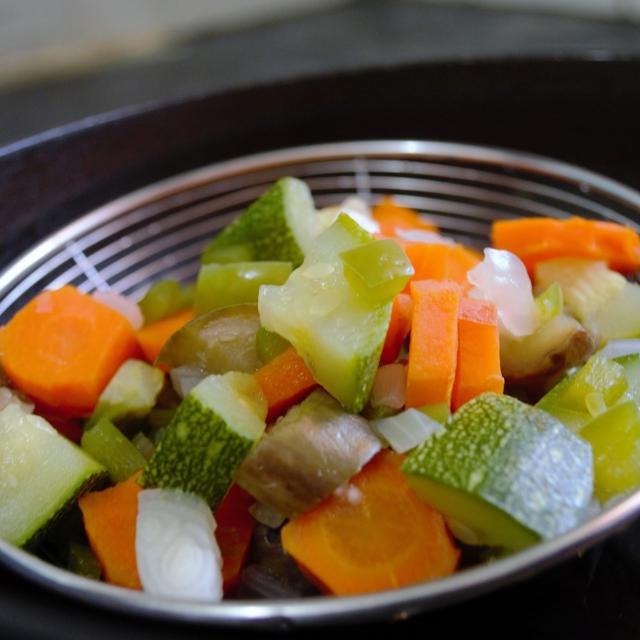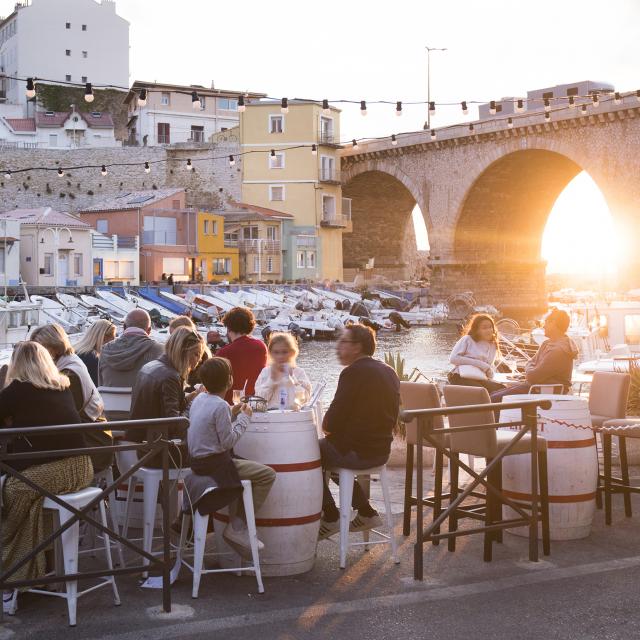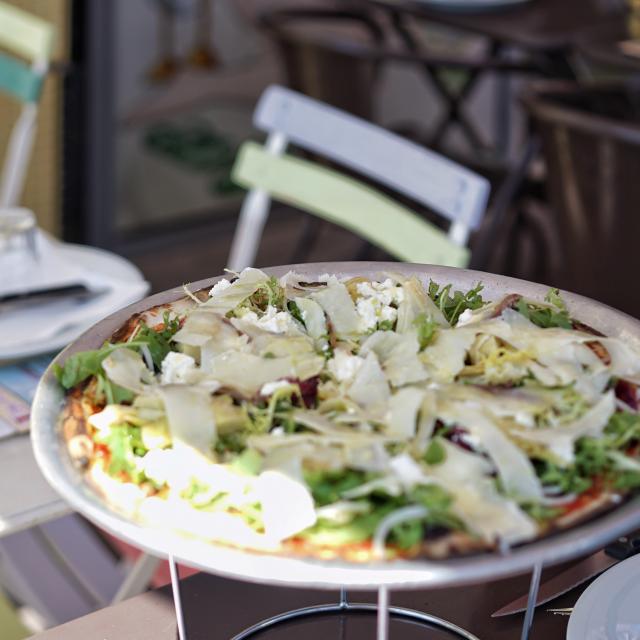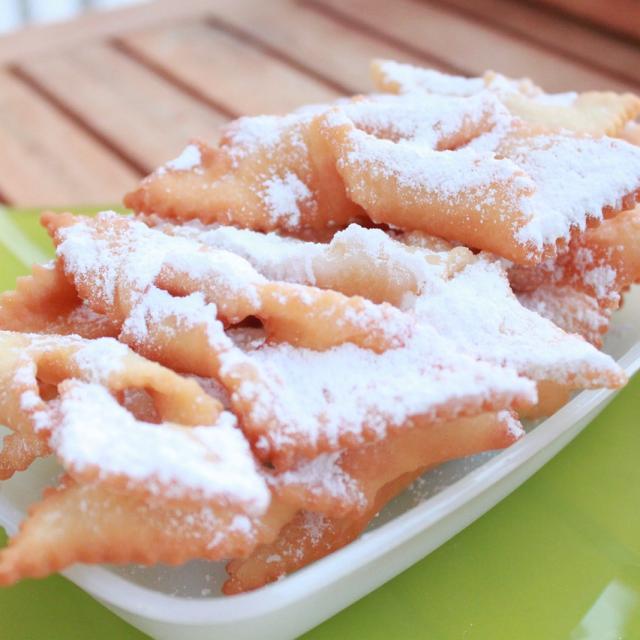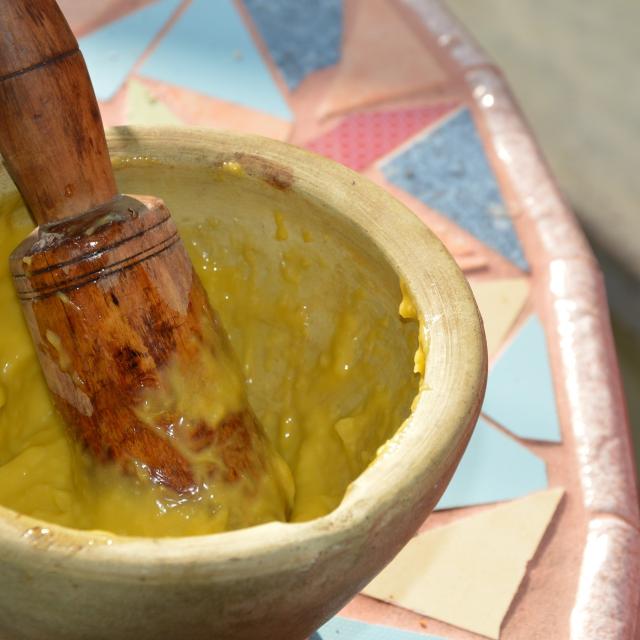
Origins and history
Aïoli (or ailloli, alhòli in Occitan; all i oli in Catalan), from modern Provençal alhòli or aiòli (Mistralian spelling).
A mixture of the two words “ail” and òli, “oil”, aïoli is a sauce based on an emulsion of garlic and olive oil.
The sources of this very old preparation date back to antiquity. Aïoli is said to have appeared during the Roman Empire and in ancient Egypt.
The sauce is closely linked to the ancestral origins of olive oil in the Mediterranean basin, a basin in which aioli is very common and appreciated. From Andalusia, through Valencia, the Balearic Islands, Catalonia, the Basque country, Languedoc, Provence, the Nice region to Sicily in Italy, the aioli brings together many sunny nations.
Warmth, sunshine and conviviality… these are three flavours that can be added to aioli, the historic dish of the Mediterranean.
Recipes and different versions
For purists, aioli is a garlic sauce prepared with a mortar and pestle, using only garlic emulsion and olive oil.
Many chefs also prepare other variations of aioli and may add egg yolk, lemon juice, milk, breadcrumbs, potatoes, or mustard.
The current recognised version, especially in the Marseille region, is still the one that benefits from the addition of an egg yolk to the preparation, giving it the same appearance as a mayonnaise, …however, the aioli can pride itself on being a different speciality in itself, taking advantage of the pronounced character of the garlic.


